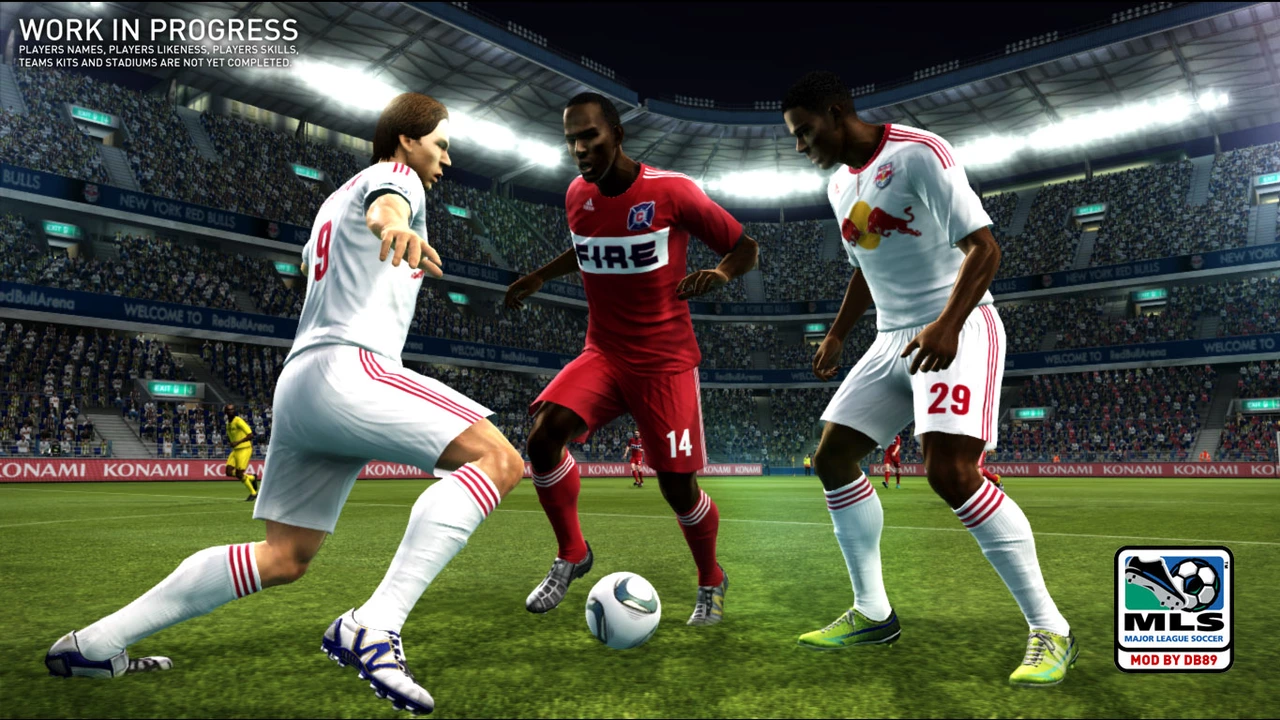Understanding Two‑Stage Soccer Leagues in Sports & Recreation
Ever watched a league where the excitement seems to double after halfway through the season? That’s the two‑stage format in action. It keeps fans guessing, teams fighting, and the whole competition feeling fresh right up to the final whistle. Let’s break down how it actually works.
How the First Stage Works
The opening phase is simple: every team plays each other once or twice, depending on the size of the league. Think of it as a big round‑robin where you get a taste of every opponent’s style. Points are awarded the usual way – three for a win, one for a draw, none for a loss. By the end of this stage, you have a clear table that shows who’s on top and who’s struggling.
Because every match matters, teams can’t afford to sit back. A single loss can push a side from the top half to the bottom, changing their fate for the next stage. That pressure makes the first half of the season feel like a sprint, not a marathon.
What Happens in the Second Stage
Once the first phase wraps up, the league splits into two groups. The top half enters a “title” group, while the bottom half fights to avoid relegation or simply to finish as high as possible. The split creates fresh match‑ups that didn’t happen before, adding new storylines.
In the title group, teams keep the points they earned in the first stage and play each other again, often home and away. The stakes are higher – the champion is decided here, and any European spots or promotion places are on the line.
Meanwhile, the lower group plays with the same points carry‑over, battling to stay up or achieve the best finish possible. Even if you missed the title chase, there’s still something to play for, which keeps fans engaged right to the end.
Why use this format? It solves two problems. First, it reduces the number of matches in a long season, which helps clubs with limited resources. Second, it injects drama twice: once when the split is announced, and again as the second stage races to its climax.
For non‑league clubs, the two‑stage system can be a lifeline. Smaller squads can handle fewer games, yet still enjoy a competitive finish. It also gives newer teams a chance to prove themselves against similar‑level opposition in the second half, rather than being crushed by the league’s heavyweights.
If you’re a fan, the format offers more talking points. You get to debate whether the split is fair, guess which teams will make the title group, and track how points carry over. It’s a conversation starter every week.
Running a two‑stage league does need clear rules. The governing body must decide how many teams go into each group, whether points reset or carry over, and what happens in case of ties. Transparency avoids disputes and keeps clubs on board.
Bottom line: the two‑stage soccer league blends the excitement of a full season with the intensity of a knockout. It’s a smart way to keep the competition lively, especially for grassroots and non‑league football where resources are tight but passion is huge.
Posted by
Caspian O'Reilly
0 Comments

Alright, fellas, let's dive into the thrilling world of two-stage soccer leagues. It's like your regular league, but with an exciting plot twist! So, first things first, all teams compete against each other in a round-robin format - they all get a taste of each other's skills. Then, hold onto your hats, because the second stage is where it gets real! The teams are typically split into two groups, based on their performance. Imagine it as the 'soccer version' of separating the wheat from the chaff! The top teams fight for the title, while the others battle to avoid relegation. It's a rollercoaster of football drama, folks!
read more